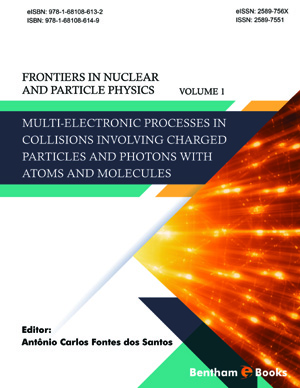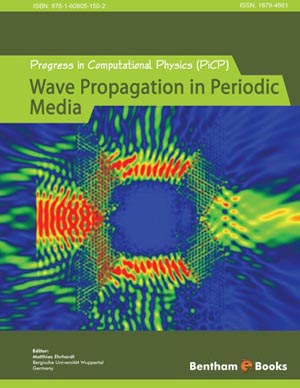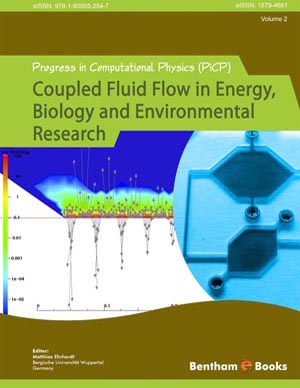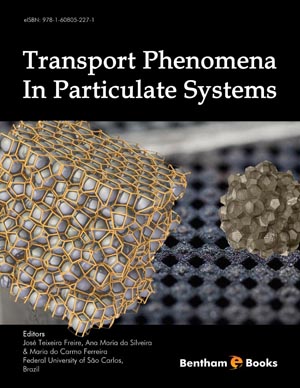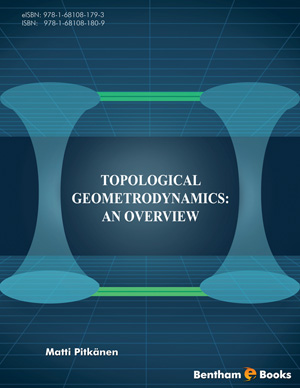Abstract
The propagation and dispersion properties of hollow-core Bragg fibre
waveguides for both high and low refractive index contrasts of cladding materials are
explored and compared in this chapter using two design wavelengths: 1550 nm in the
near-infrared area and 632.8nm in the visible range. The boundary matching approach
was used to build a relationship between the incoming and outgoing light waves
employing the transfer matrix method. The observed photonic band gaps are somewhat
substantial in high refractive index contrast cladding Bragg fibre waveguides, i.e.
HRBFW, and low periodic cladding layers are required to achieve a perfect photonic
bandgap. The spectrum range and spectral location of photonic band gaps in both
HRBFW and low refractive index contrast cladding Bragg fibre waveguides, i.e.
LRBFW, are substantially dependent on the angle of incidence of a light beam, i.e. the
optical path of the incident light. The sensitivity of the Bragg fibre waveguide for
sensing applications may be determined by measuring the thickness of the photonic
bandgap or the spectral shift of the photonic bandgap. HRBFW seems to have a high
sensitivity when considering the change in spectral bandwidth of photonic bandgap
with core refractive index, which grows with increasing design wavelength. LRBFW
has a much higher sensitivity than HRBFW when considering the LBE (Left band
edge) and RBE (Right band edge), hence it is suggested for sensing applications.
HRBFW directed a greater number of modes than LRBFW, according to the
assessment of dispersion characteristics.






